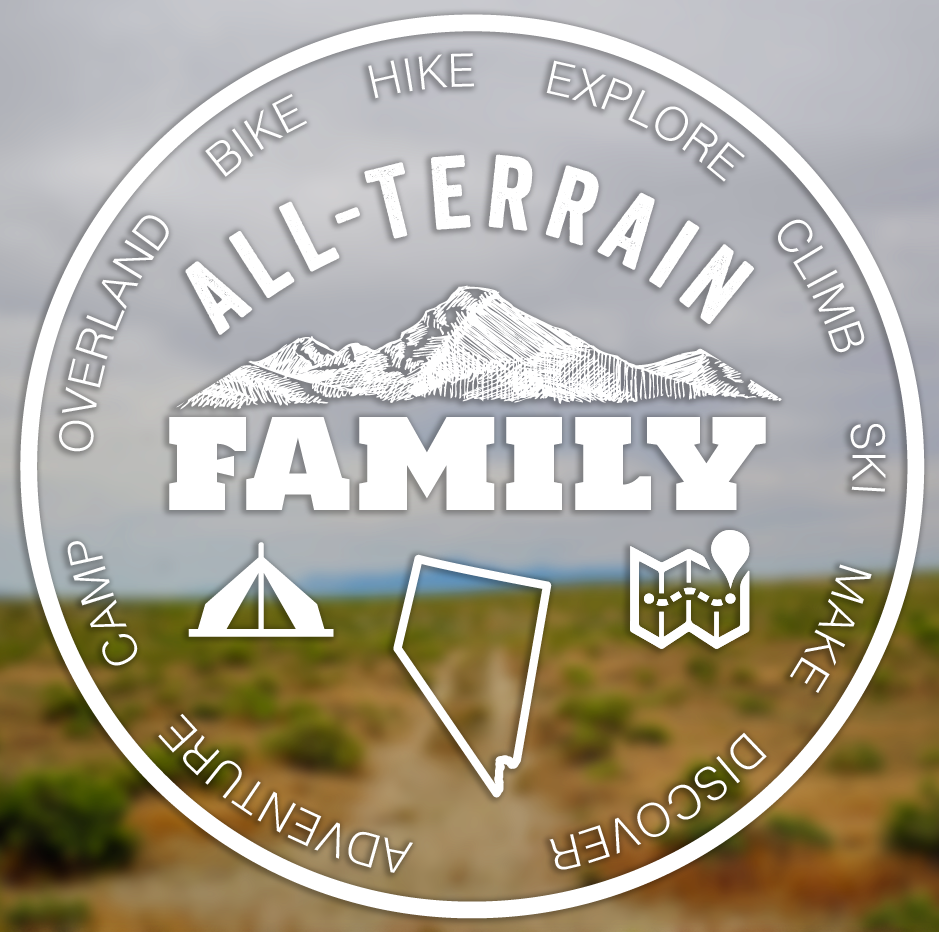Read a post this morning on It’s Ok To Be Smart in which Joe thoughtsperiments about the state of our planet if we suddenly captured another moon.

Credit: International Business Times
If we had a second moon show up, things would change in a hurry. Our tides would go haywire and cause massive storms, volcanoes and earthquakes to pop up from the added forces put on the Earth’s crust . Unfortunately for most things alive on Earth at the time, this would mean chaos, death and possible extinction. That includes us, but maybe not the bacteria or cockroaches. The second moon would also cause chaos on ourfirst moon, causing similar geologic changes, although not as severe since Moon #1 is a lot more dormant on the inside. [It’s Ok To Be Smart]
If life on earth evolved with a second stable moon, he goes on to theorize, it might look and act quite different. Click the link above to find out how.
Earth used to have two moons
Turns out, that there’s a good chance we did in fact have a second moon at one point in the past. If our moon formed when a Mars sized planet smashed into a pre-historic Earth, pieces of it could have formed a 1200 kilometer wide body orbiting at the L-4 Lagrangian point. A second moon colliding with the first moon might explain some of the geological oddities of the present moon.
For instance, widespread plains of volcanic rock called “maria” (Latin for seas) cover much of the near hemisphere, but only a few maria are seen on the far one. In addition, while the surface of the near side is mostly low and flat, the far side is often high and mountainous, with the lunar surface elevated 1.2 miles (1.9 km) higher on average on the far side. [Space.com]
It also turns out that there is such an object stalking Earth in it’s orbit around the sun the same way an early second moon may have stalked the first moon.
Trojans are asteroids that share an orbit with a planet near stable points in front of or behind the planet. Because they constantly lead or follow in the same orbit as the planet, they never can collide with it. In our solar system, Trojans also share orbits with Neptune, Mars and Jupiter. Two of Saturn’s moons share orbits with Trojans. [NASA]
Our Trojan Asteroid does not just float around in a circle. It has a complex orbit around the Lagrangian point and the sun. Though it looks like it comes close to smacking into us, NASA says it won’t come closer than 50 times the distance between Earth and the Moon for at least 10,000 years…
You bet your asteroid Earth a second [temporary] moon
It ALSO turns out that we might have a second moon right at this very moment…
The other is an asteroid, about the size of a refrigerator, that gets caught in Earth’s gravitational pull as it’s whizzing through space. One such Near Earth Object (NEO), asteroid 2006 RH120, served as Earth’s second moon for a full year, from July 2006 through July 2007, before spinning off into the void. [Hufington Post]
Given that these tiny captured orbitals are only a meter or two in diameter, it may seem a stretch to officially call them “moons” — but the scientific implications of the discovery are vast. Outside of assisting private spaceflight and exploring deep space, the other major thing on NASA’s list of things to do is send astronauts to an asteroid. [Discovery]
My comment on It’s Ok To Be Smart was, “What if we had RINGS! You dont have to be smart to know that that would be awesome.”
-Mike







Add comment